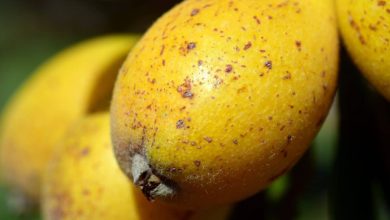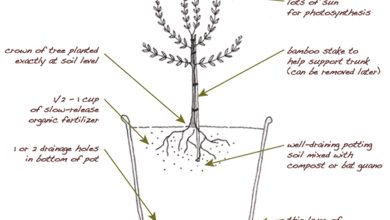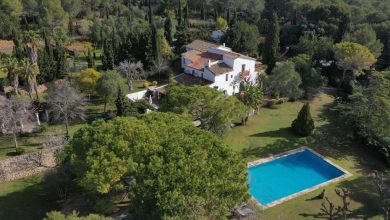Laurisilva: [Cultivation, Irrigation, Associations, Pests and Diseases]
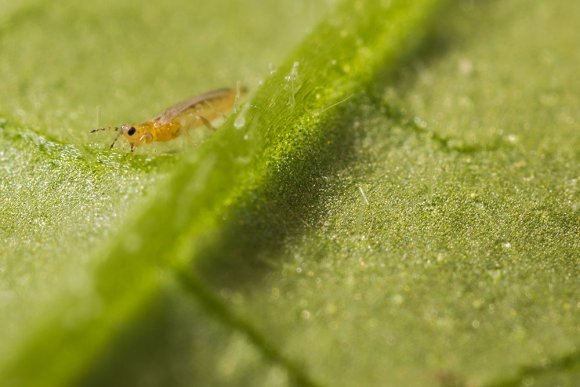
Important points when planting Laurisilva
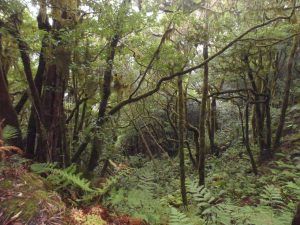 Where to sow? In semi shade.
Where to sow? In semi shade.- When? In autumn or in spring.
- How do we prepare the land? Removed, removing weeds. Withorganic substrate produced by its own ecosystem.
- How do we water? With drip.
- How often do we water? Irrigation is provided by the fluvial regime of the area.
- Plagues and diseases? It is resistant to pests and diseases, although the humidity of the environment can cause problems with fungi.
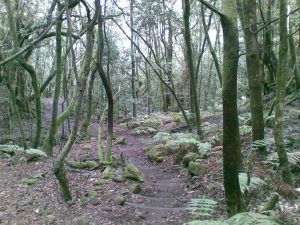 Laurisilva constitutes a set of plants or ecosystem of them that is known as high forest or subtropical cloud forest, characteristic of hot and humid places.
Laurisilva constitutes a set of plants or ecosystem of them that is known as high forest or subtropical cloud forest, characteristic of hot and humid places.
In the laurisilva ecosystem there is a predominance of large trees, as well as vines and lianas with leaves similar to that of the laurel from which its name is assigned.
This temperate forest is evergreen, that is, it has species of persistent foliage. According to weather conditions, laurel forests are observed in three well-defined geographical regions:
Southeast of Brazil, Uruguay, Argentina and Paraguay. In the coastal area of Chile, from Valdivia to southern South America. And in the territories that include the Canary Islands, Azores, Madeira and Cape Verde.
In the Canary Islands, the best representation of laurel forest corresponds to the Bosque del Cedro, in La Gomera, which in 1981 was declared «Garajonay National Park» and a World Heritage Site by UNESCO (1986).
The species that make up the laurel forest in the northern hemisphere in Europe, Asia and North America are: prunes, ocotes, chestnut trees, laurels, rhododendrons, maytenus, tree heathers, quercus, perseas, ilex, mosses, rutaceae, ferns and liverworts.
The laurel forest plant community in the southern hemisphere is made up of a greater variety of exclusive conifers, such as cowrie, other varieties such as araucaria, nothofagus, epiphytic mosses and tree ferns.
When to plant laurisilva?
Laurisilva could be said to be an ecosystem that develops with little human intervention, in the autumn or spring periods.
Where to do it?
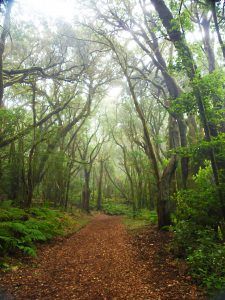 The laurel forest reproduces in warm and humid climates, with defined climatic seasons.
The laurel forest reproduces in warm and humid climates, with defined climatic seasons.
Although without pronounced contrasts due to the little variation in annual temperatures, in the region where this species is found.
The need for a high degree of humidity for the development of forest masses conditions its distribution on the northern slopes between 400-1500 m altitude.
The plant community of the laurel forest has the possibility of suffering frost during the winter and abundant rainfall distributed throughout the year but without the presence of a dry season.
How to prepare the land?
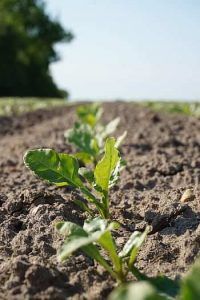 The land for this variety of forest requires very specific temperate zones that are found in the lands of Brazil, Argentina, Uruguay and Paraguay; in Chile in the part of South America.
The land for this variety of forest requires very specific temperate zones that are found in the lands of Brazil, Argentina, Uruguay and Paraguay; in Chile in the part of South America.
The soils of the territories that include the Canary Islands, the Azores, Madeira and Cape Verde, which make up the Macaronesian region, are also excellent for hosting laurel forests.
The soils, due to their age and the effects of climate and vegetation, are generally considerably developed, with great depth and a well-defined upper organic horizon.
Environmental conditions of high humidity and warm temperatures cause rapid humification and mineralization of organic matter (falling leaves), releasing nutritional elements that are absorbed by the roots.
In addition to those latitudes with very characteristic and specific soils for the laurel forest ecosystem, it can reproduce in microenvironments with a favorable climate for its development, with abundant water and little human intervention.
In its natural environment, the ideal soil of the laurel forest, oozing with moisture and low light, is covered with a thick layer of organic matter where ferns, mosses and lichens grow, which also climb the trunks and branches.
The introduction of successive crops such as sugar cane, vineyards, potatoes, etc., and the planting of fruit trees, has led to a great retreat of this type of forest, giving rise to intense soil erosion.
The varieties of laurel forest species and the special conditions of humidity and shade favor the development of earthworms, molluscs and, above all, arthropods.
How do we water the laurel forest?
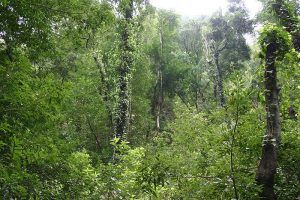 Laurisilva requires abundant water and because they are forest ecosystems, irrigation generally comes from the humidity of the environment where they grow and the level of rainfall in the area.
Laurisilva requires abundant water and because they are forest ecosystems, irrigation generally comes from the humidity of the environment where they grow and the level of rainfall in the area.
For the irrigation of the forest system that forms the laurel forests, human intervention is null or almost null.
Like the other forests, the vegetation of the laurel forest does not demand excess humidity. The laurel forest has adapted to humidity by developing a type of leaf that rejects excess water on its surface.
How to plant laurel forest?
The plant system of the laurel forest is made up of a great variety of species and its formation and development corresponds to nature itself.
What favorable associations does it have?
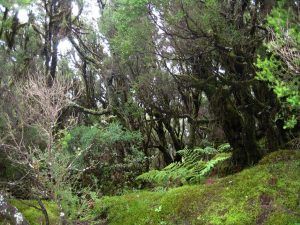 The association of crops of compatible plants produces benefits with respect to their cultivation separately, in addition to the use of light, water and/or nutrients.
The association of crops of compatible plants produces benefits with respect to their cultivation separately, in addition to the use of light, water and/or nutrients.
In the case of the laurel forest, the shade under its foliage is used to develop associations with other varieties typical of tropical forests.
What pests and diseases attack the laurel forest?
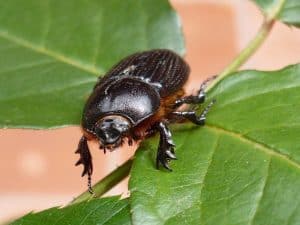 The ecosystem formed by the set of plants that make up the laurel forest are resistant to pests and diseases.
The ecosystem formed by the set of plants that make up the laurel forest are resistant to pests and diseases.
The fungi related to the humidity of the environment where it develops, can affect the laurel forest.
Beetles, especially carabid beetles, with numerous endemic species, and molluscs such as Craspedopoma costata and Insulvitrina oromii are abundant in the remains of the litter on the ground.
The Cleopatra butterfly (Gonepteryx cleobule), endemic to the Canary Islands, is closely linked to the Laurisilva, its larvae feed on the shoots and leaves of the Sanguino.
Bibliography and references
- Fragoso, R; Lussier A., (1971) Natural history, life of animals and plants. Seventh Edition, Gallach Institute of Bookstore and Editions, SL Barcelona-Spain.
digital database
- Laguia200.com. (2012-March,6). laurel forest Reproduced from: https://geografia.laguia2000.com/general/laurisilva
- Step.es. The laurel forest Reproduced from: http://www.step.es/jardcan/pagina9.htm
- Joseeljardinero.com. Mistakes when watering plants. Reproduced from: https://www.joseeljardinero.com/errores-al-regar-las-plantas/
- Floracanaria.com. laurel forest Reproduced from: https://floracanaria.com/ecosistemas/laurisilva.html

